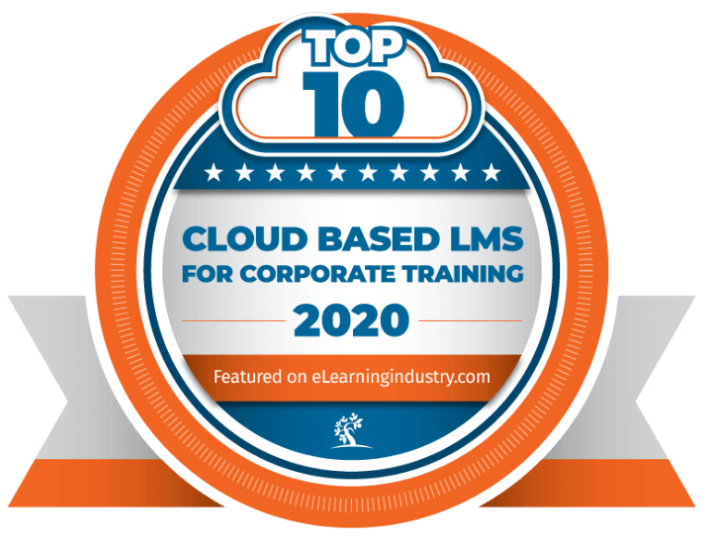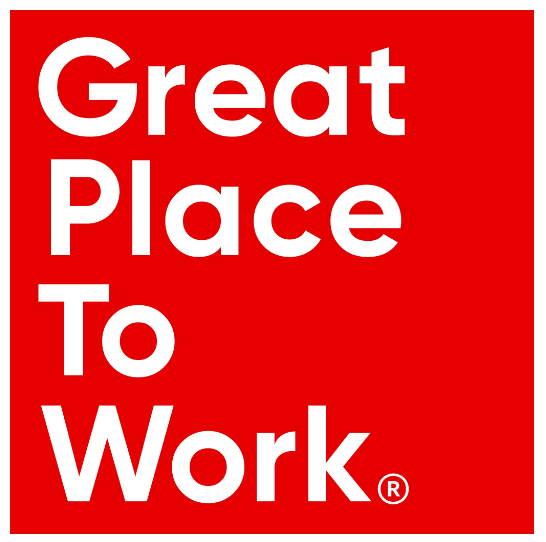January 25, 2024
From Startup to Stardom: Mastering Corporate Training with an Enterprise LMS

Picture this: Your startup, a beacon of innovation, poised on the brink of corporate success. Now, imagine this – what if I told you that within the realm of corporate growth, one decision holds the power to redefine your trajectory? Enter the world of the enterprise learning management system (LMS). Choosing the right learning management system isn’t just a selection; it’s a strategic move that molds the essence of your corporate training endeavors.
According to BusinessWire, the global corporate LMS market is anticipated to reach $12.48 billion in sales in 2024, growing at a compound annual growth rate of 23%. This staggering statistic underscores the transformative prowess of the enterprise LMS, highlighting its pivotal role in propelling your organization from startup to remarkable success.
Are you ready to revolutionize corporate training and elevate your learning landscape with the perfect enterprise LMS? Let’s delve into the possibilities.
Understanding Organizational Needs
A comprehensive needs analysis is essential in the initial phase of adopting an enterprise LMS. This involves a deep dive into organizational structures, identifying pain points and areas for improvement. By leveraging quantitative and qualitative data, organizations gain insights into employee performance, skill gaps, and cultural needs. This data-driven approach lays the foundation for strategic decision-making.
Building upon these insights, organizations can create a compelling business case. The business case serves as a roadmap, aligning the enterprise LMS with specific needs and goals identified during the analysis. This ensures the chosen LMS brings tangible benefits, aligning with overarching corporate learning and development objectives.
Planning for Future Growth
Imagine your organization’s growth as a journey, where each milestone leads to new opportunities and achievements. Anticipating this expedition is fundamental when selecting an enterprise LMS. Scalability becomes crucial, ensuring the chosen system can accommodate evolving learning needs. Beyond current employee training and development requirements, organizations must factor in future skills, industry trends, and technological changes. This foresight guarantees the longevity and adaptability of the chosen LMS, positioning it as a long-term investment.
Aligning the enterprise LMS with dynamic organizational needs involves a forward-thinking approach. By staying attuned to changing skills and technology, organizations position themselves for sustained excellence.
Evaluating Prospective LMS Solution Options
Thoroughly evaluating potential enterprise LMS solutions is essential. Organizations must assess features and functionalities, ensuring alignment with unique requirements. Emphasizing scalability and adaptability is paramount, dictating the system’s ability to meet future challenges.
Directly addressing identified pain points ensures the enterprise LMS is a transformative solution. By selecting a system that anticipates and mitigates potential challenges, organizations lay the groundwork for a robust training infrastructure.
Performing User Interface Testing
Moving to the user experience, a user-friendly interface is non-negotiable. Administrators and learners alike should find the interface intuitive and easy to navigate. Prioritizing a positive user experience contributes to increased engagement.
Simplicity, clarity, and easy navigation are the cornerstones of an effective user interface. Organizations must ensure the user experience minimizes learning barriers, promoting active engagement and retention.
Checking Integrations
Confirming the enterprise LMS’s ability to serve as a central hub is vital. Efficiency is improved overall by integration with current tools. This connection guarantees that the educational process aligns with more general organizational strategies, encouraging efficiency and consistency.
The availability of integrations is crucial for creating a cohesive learning environment, and organizations should leverage integration possibilities to streamline business operations.
Verifying Vendor Credibility
The journey toward a successful enterprise LMS implementation requires thoroughly examining the vendor landscape. Thoroughly researching the reputation of enterprise LMS vendors is a strategic step. Case studies and customer reviews shed light on the experiences of businesses that have worked with the vendor.
Considering factors such as ease of implementation and ongoing support is crucial. Selecting a reliable supplier is a calculated risk contributing to business training programs’ long-term success.
Innovative Thinking
Envisioning the enterprise LMS as part of a broader strategy for connections opens doors to innovative possibilities. Organizations can investigate a holistic strategy by looking beyond internal training and providing engaging material to all stakeholders in the ecosystem, including clients, customers, and external learners. With role-based permissions and comprehensive user-group settings, Unlock:Learn can be tailored to autonomously regulate content and data access for internal or external users, organizations, teams, or departments.
Exploring possibilities beyond immediate training needs positions organizations as forward-thinking entities. By considering the integration of emerging technologies, organizations can unlock additional benefits.
Best Practices in Enterprise LMS Implementation to Enhance Learner Engagement & Retention
Implementing an enterprise LMS goes beyond technology; it fosters engagement and creates a positive learning culture.
- Clear Communication: Coney the goals and advantages while fostering an optimistic outlook.
- Thorough Administrator Training: Ensure administrators are well-equipped through comprehensive training.
- User Training Sessions: Engage learners through dedicated user training sessions.
- Feedback Mechanism: Establish a crucial feedback mechanism for continuous improvement.
- Incentivizing Engagement: Motivate employees through gamification elements, such as rewards, badges, and certificates.
Enterprise LMS Customization Tips for Maximum Learning Impact
- Incorporate Company Branding: Customizing the enterprise LMS interface with company branding creates a cohesive and branded learning environment. Users’ feeling of identity and familiarity is strengthened when the organization’s logo, color scheme, and messaging are included.
- Tailor Content: Customizing training content is crucial for relevance. Employee training materials should align with the organization’s industry, values, and goals to ensure they are relevant to the opportunities and difficulties the company faces. Unlock:Learn simplifies course management. Easily manage courses within minutes by uploading content, choosing the delivery sequence, and assigning them to users.
- Create Learning routes: Personalized learning is achieved by designing learning routes based on career advancement and work roles. This strategy promotes personalized development by enabling employees to follow career pathways corresponding to their unique roles and goals.
- Introduce Gamification: Enhancing engagement and motivation can be achieved by introducing gamification elements. Including features that resemble games, such as leaderboards, challenges, or quizzes, enhances engagement and learning.
- Customize Learning Styles: Training must be tailored to various learning preferences and styles for optimum effect. An adaptable enterprise LMS ensures organizations can cater to diverse learning preferences, making the training more accessible to a broad audience.
Measuring Success After Enterprise LMS Implementation
The true measure of the success of a training program lies in its impact on the organization. Tracking key metrics and KPIs provides insights into the effectiveness of the training initiatives. Completion rates, engagement levels, knowledge retention, skill application, and time to proficiency are crucial metrics to monitor.
Completion rates indicate the percentage of employees who complete training programs. Participation rates can be used to gauge how engaged learners are with the course material and how effective it is. One important way to assess knowledge retention is to have learners complete key concept tests following training. Monitoring skill application in real-world scenarios is the ultimate goal of training. Collecting feedback from both learners and administrators is essential for continuous improvement. Establishing a feedback mechanism allows organizations to make informed adjustments.
Conclusion
In conclusion, from startup to stardom, it hinges on strategic decisions in adopting an enterprise LMS. Understanding organizational needs and planning for future growth lay the foundation for scalability and adaptability. Thorough evaluation, user-friendly interfaces, and robust integration create an engaging learning environment.
Vendor reputation and innovative thinking elevate the LMS beyond internal training, fostering connections and embracing emerging technologies. Best practices in implementation, user engagement, and customization amplify the impact. Metrics and feedback mechanisms ensure continuous improvement.
Organizations are urged to make informed decisions to transform their training strategies and propel them to new heights. Take the first step with a personalized demo of the Unlock:Learn platform, unlocking your enterprise LMS’s potential to transform training strategies and propel your organization to new heights. Connect with our L&D experts today!







